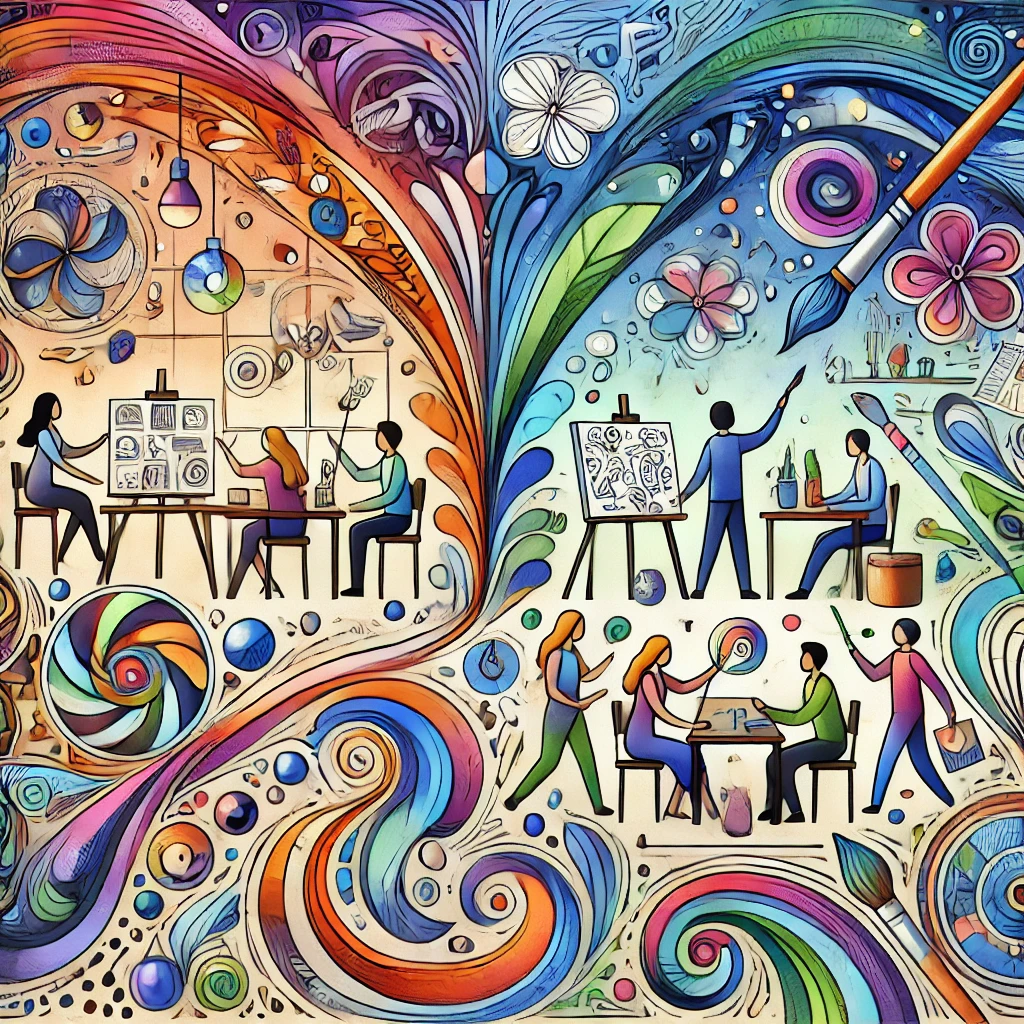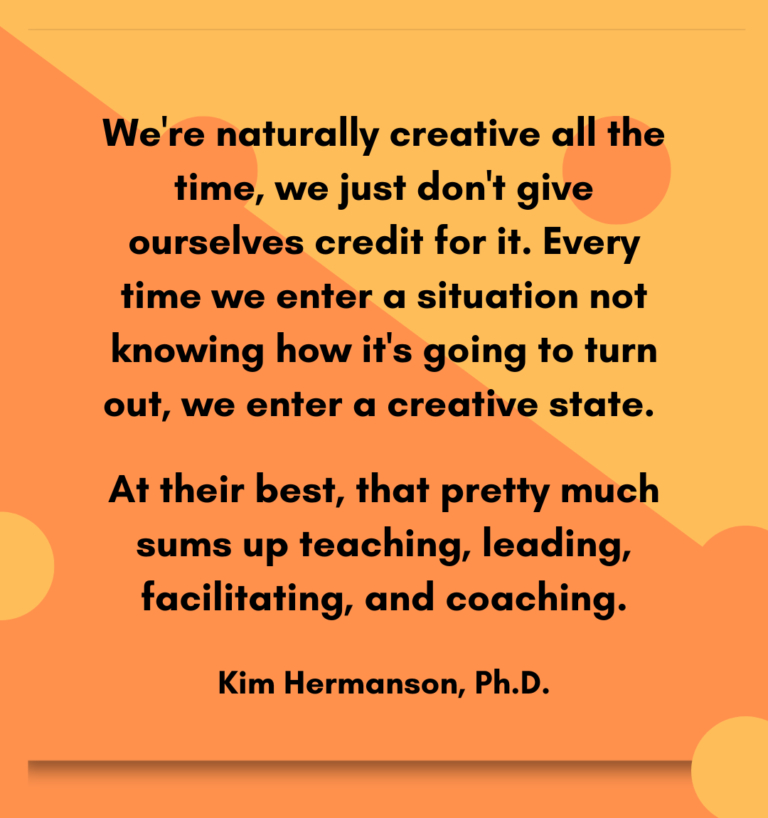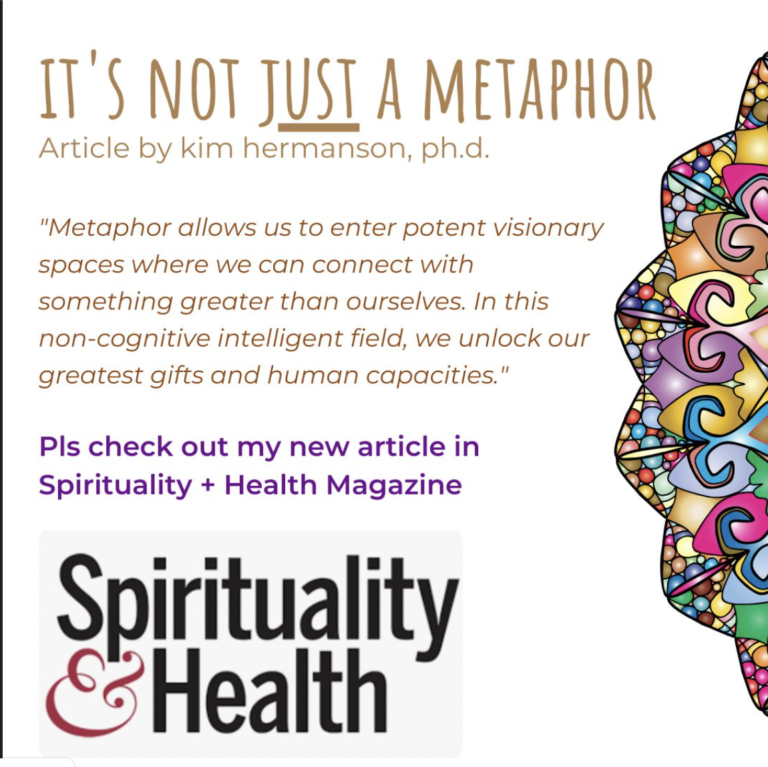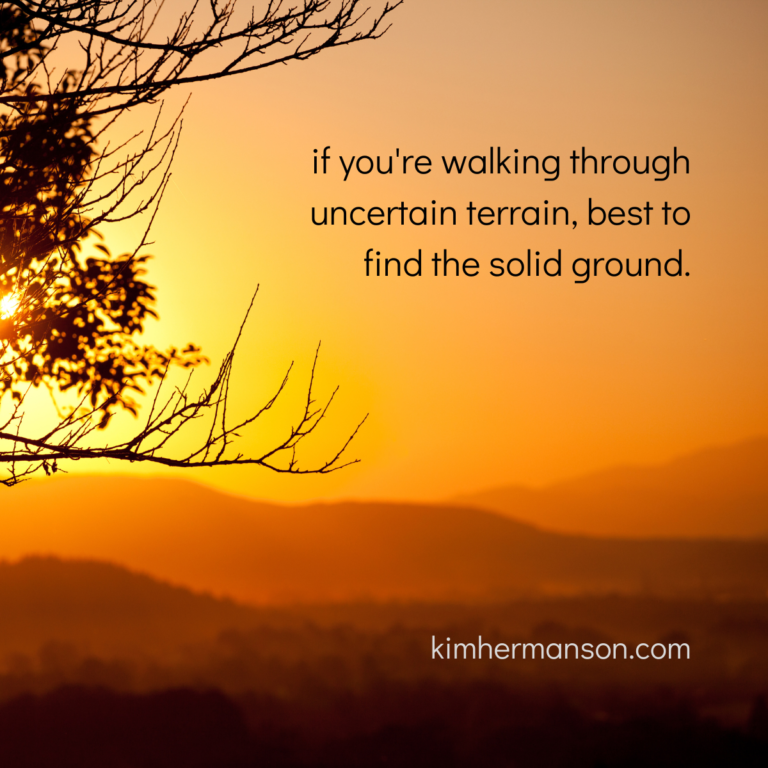Why creating space is more important than content in learning and life

When I teach, my focus isn’t on the content itself but on creating space for learning and magic to unfold. In the grand scheme of things, rich and fertile space is far more important than any single piece of information. So if space is so vital, why do we so often focus on the specifics—the subject, the facts, the “thing”—instead of the space where true learning happens?
This concept reminds me of Marshall McLuhan’s distinction between “figure” and “ground” in his writings:
“The figure and ground together constitute the totality of what is perceivable. However, it is the figure on which perception is focused. The figure is what appears structured, as the foreground, whereas the ground appears as unstructured and background. The boundary between the two appears to belong to the figure; that is why the figure has a shape, whereas the ground appears to be shapeless.”
Our left brains, with their tendency to name, categorize, and prioritize, lead us to focus on the “figure” while dismissing the “ground” as unimportant. Yet, as McLuhan suggests, both are essential for perception.
In art, this dynamic is referred to as “negative space.” Experienced artists understand that negative space is just as important as the object being drawn. In Drawing on the Right Side of the Brain, Betty Edwards writes:
“…the negative spaces…require the same degree of attention and care that the positive forms require. Beginning students generally lavish all their attention on the objects, persons, or forms in their drawings, and then sort of ‘fill in the background.’ It may seem hard to believe at this moment, but if care and attention are lavished on the negative spaces, the forms will take care of themselves.”
This principle applies to teaching as well. When we focus on creating a space that nurtures learning, insight, and discovery, the rest often takes care of itself.
And perhaps this isn’t just true of teaching—it feels like a profound truth about life itself.





